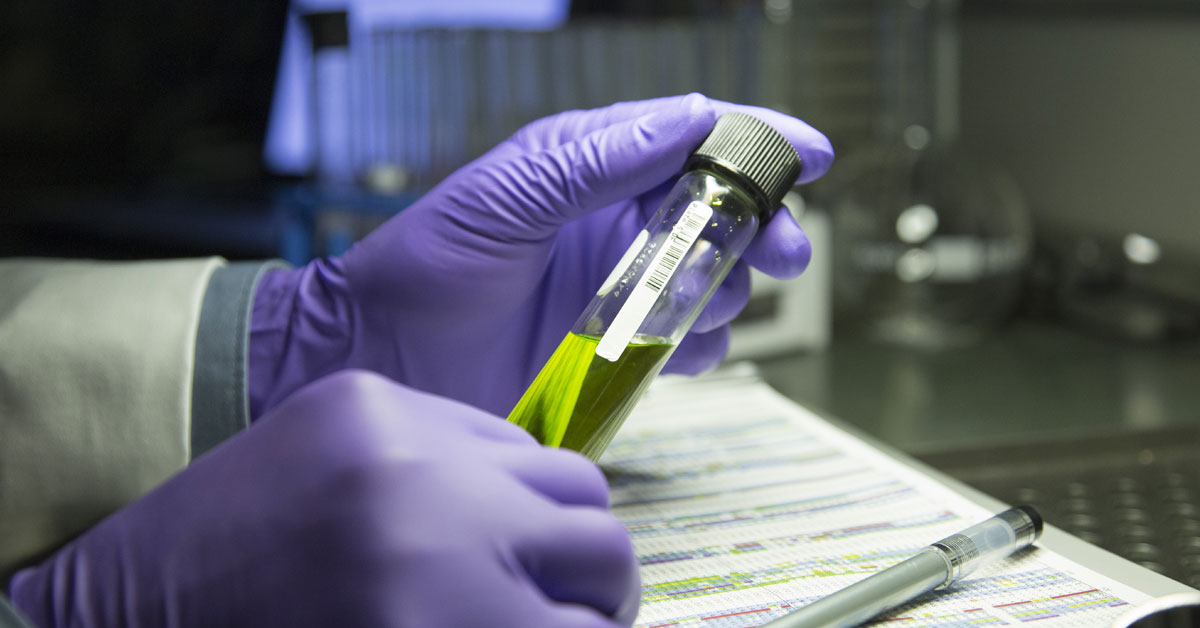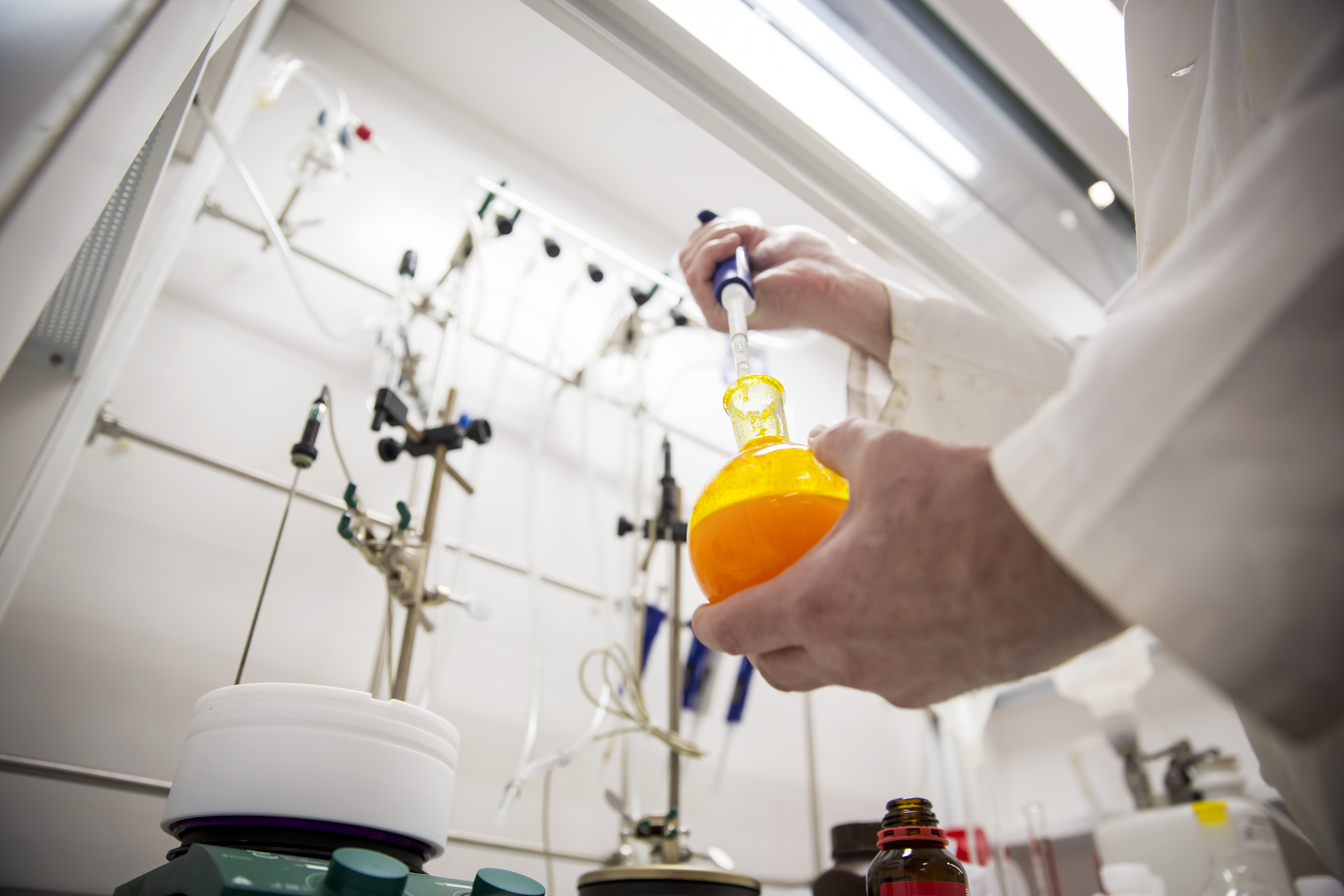Since their discovery, antimicrobial medicines have revolutionized the fight against disease and today represent one of the greatest achievements in public health. But after decades of helping to lower the mortality rate from pneumonia, tuberculosis and other types of infection, the medicines we rely on now face the growing threat of antimicrobial resistance (AMR).
AMR is a natural process that occurs when microorganisms such as bacteria, viruses, fungi and parasites change in ways that make the medications used to cure the infections they cause ineffective. A growing list of infections—including pneumonia, tuberculosis, blood poisoning, gonorrhea and foodborne diseases—are becoming harder, and sometimes impossible to treat as our current arsenal of medicines are not effective against resistant strains of the microorganisms that cause these infections.
AMR can affect anyone, of any age, in any country. According to the Centers for Disease Control and Prevention (CDC), more than 2.8 million antibiotic-resistant infections occur in the U.S. each year, and more than 35,000 people die as a result. And according to a recent GAO report, because of inadequate surveillance, this may actually be an underestimate of the extent of the problem. A lack of sufficient point of care diagnostics also makes it difficult for physicians to get the right treatment to the right patient at the right time. As a result, AMR threatens many modern medical advances that depend on antimicrobial medicines to fight potential infections, including joint replacements, organ transplants and cancer therapy.


